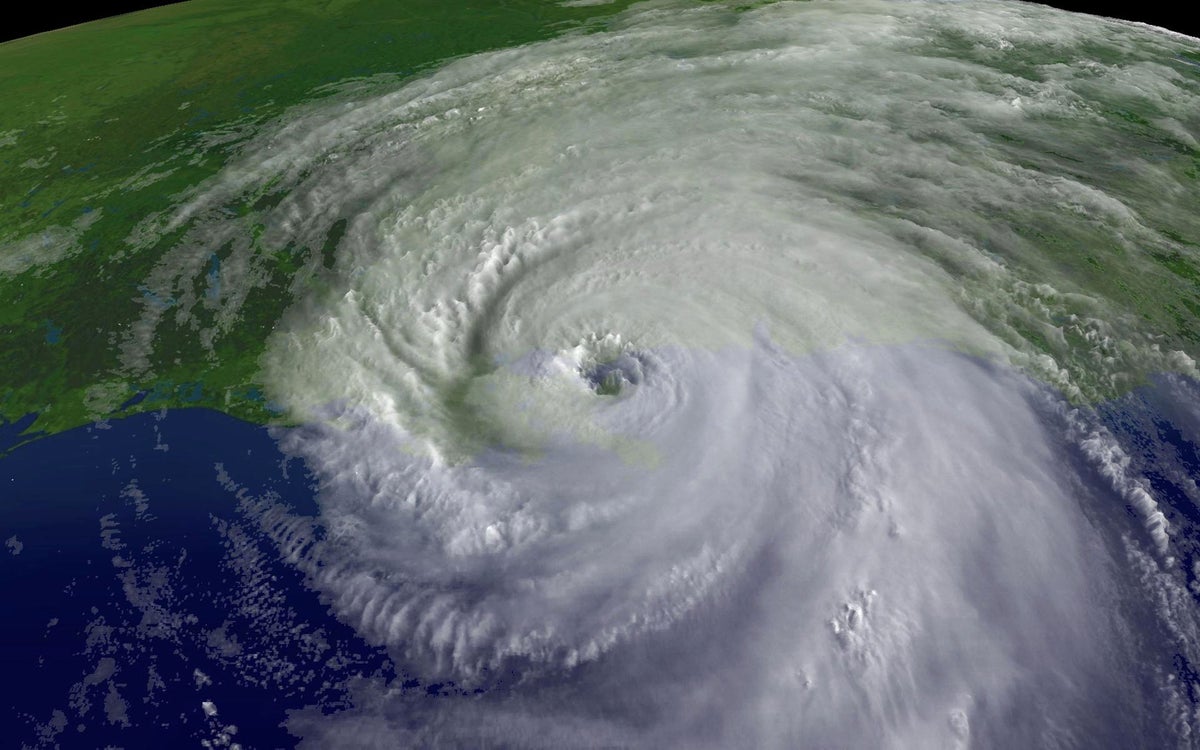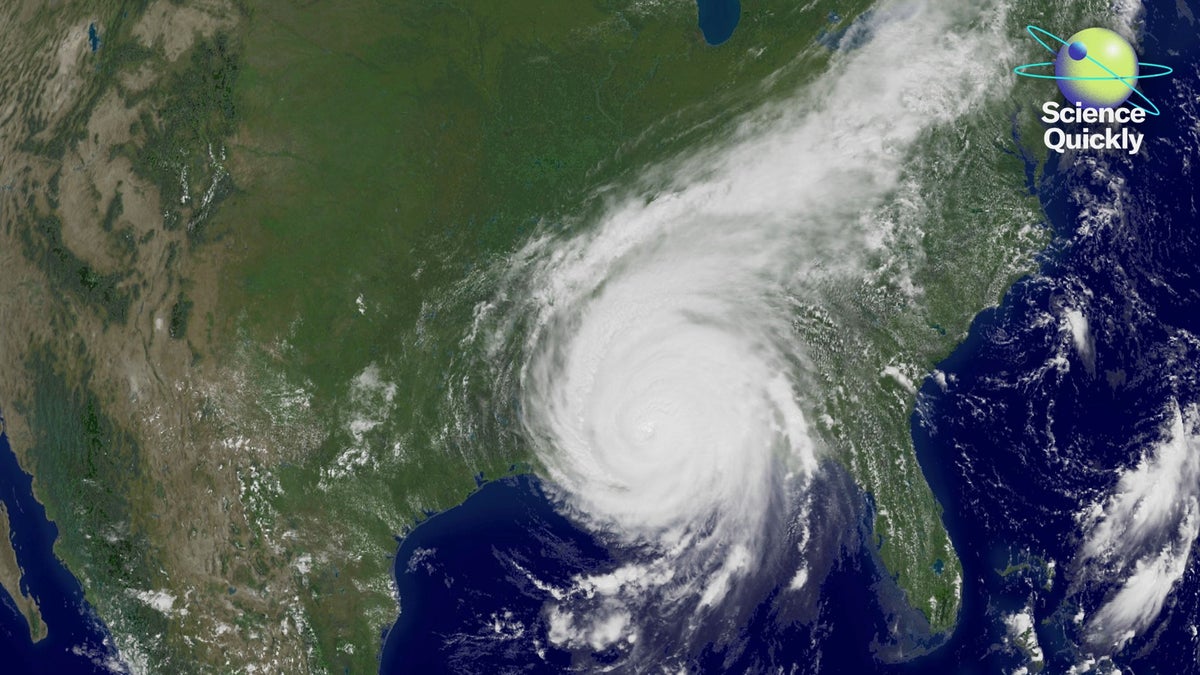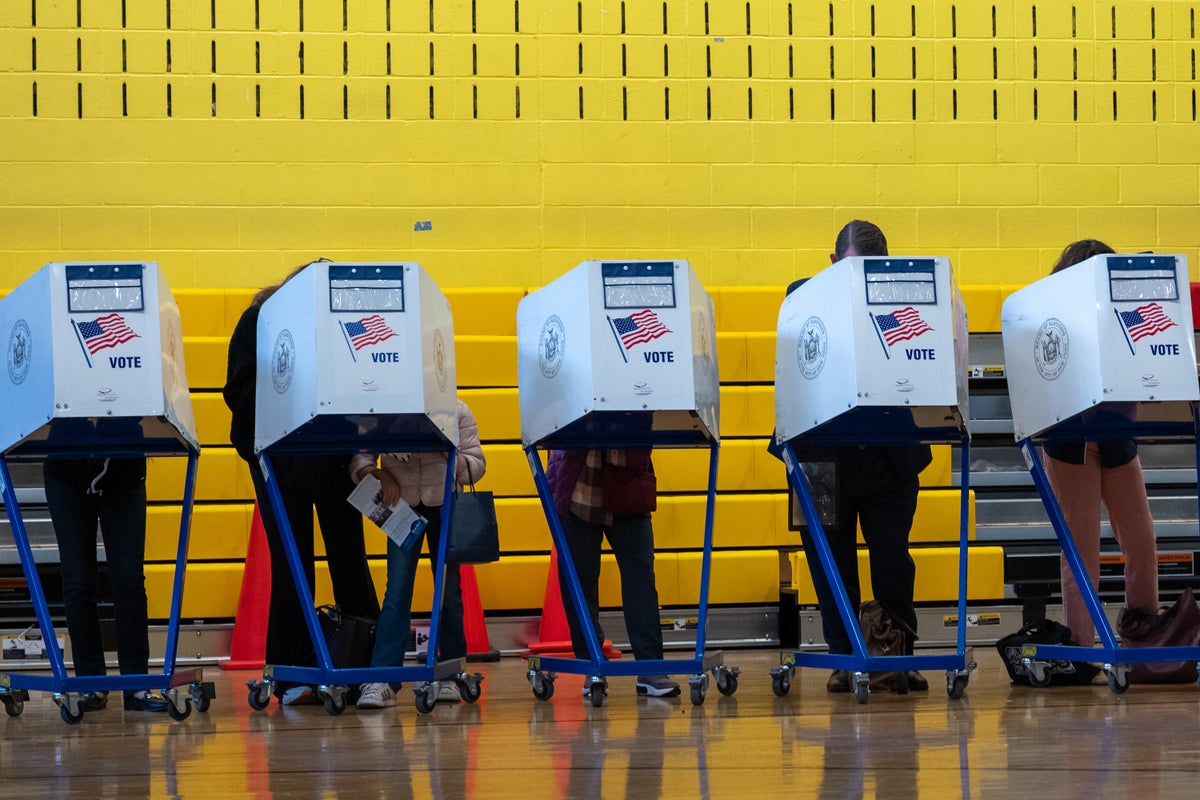Now Reading: 20 Years After Katrina: Are Advances in Forecasting at Risk?
-
01
20 Years After Katrina: Are Advances in Forecasting at Risk?
20 Years After Katrina: Are Advances in Forecasting at Risk?

Fast Summary:
- Hurricane Katrina (2005): Initially projected as a lower-impact storm, shifting forecasts indicated it would strengthen and hit Mississippi harder. The storm eventually caused catastrophic damage,including levee breaches in New Orleans,resulting in the deadliest U.S. hurricane in 80 years.
- Forecasting Advances As Katrina: Post-Katrina efforts led to meaningful progress via the Hurricane Forecast Enhancement Project (HFIP), improving track accuracy by 40% and intensity predictions by 30%, giving communities an extra 12 hours of warning time.New models like the Hurricane Analysis and Forecast System (HAFS) debuted in recent years with successes predicting phenomena like rapid intensification.
- Current Threats to Weather Research: Proposed budget cuts under the Trump administration threaten NOAAS Office of Oceanic and Atmospheric Research, which played a key role in HFIP advancements. Workforce reductions have affected research capabilities, raising concerns about stagnation or decline in forecasting quality.
Indian Opinion Analysis:
The advancements made after Hurricane Katrina underscore both the importance of science-backed governmental initiatives and thier impact on disaster preparedness for India’s own coastal regions prone to cyclones. India’s vulnerability mirrors dynamics seen along Gulf Coast states-a need for precise forecasts given densely populated urban coastlines such as Mumbai or Chennai facing risks from intensified storms driven by climate change. Investments similar to HFIP could bolster India Meteorological Department’s capacity while acting as critical insurance against mounting disaster costs.
Though,cuts threatening current programs abroad offer a cautionary tale regarding maintaining research continuity amidst fiscal pressures-critical infrastructure improvements can lapse without sustained support costing long-term gains crucial for safety during natural disasters locally or globally.
























